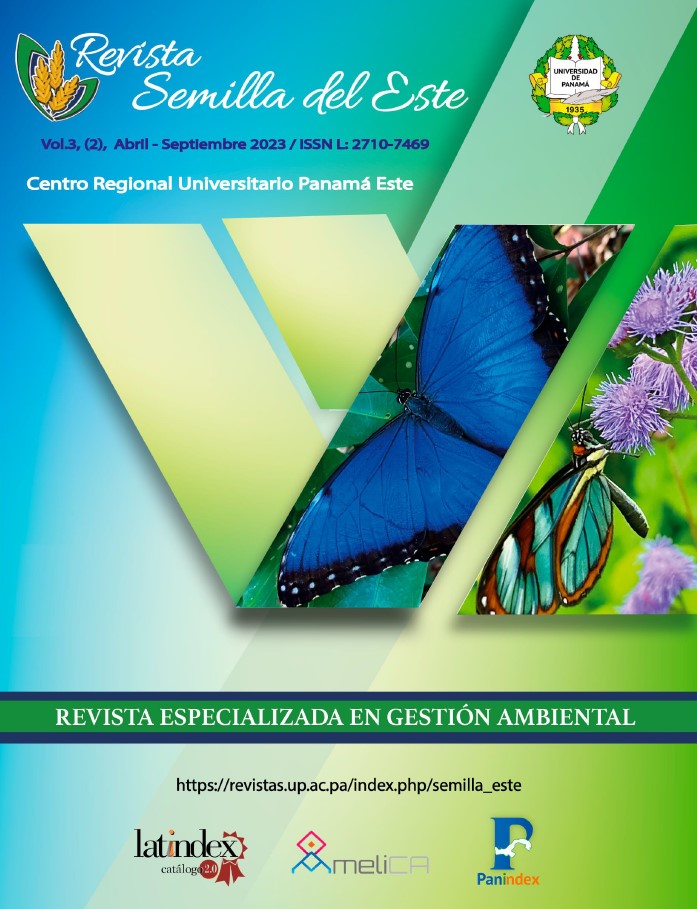


This work is licensed under a Creative Commons Attribution-NonCommercial-ShareAlike 4.0 International License.
During the period from 2009 to 2015, 40 permanent observation points were set up, measured and analyzed in the dry arc of Panama to study the effect of climate on the growth and development of sugarcane. The independent variables (maximum, minimum, average temperature, and thermal amplitude) were processed into ranges using non-parametric techniques, regressions, and discontinuous linear models, together with the dependent variables (height, thickness, and number of stems per linear meter of furrow). The Growth Degree Days (GDC) were also calculated. The results showed that the temperatures are related to the growth through a quadratic model with which the base temperature for the culture was established (Tb = 24.8 oC); the optimal temperature (To = 27.7 oC) and the maximum temperature (Tm = 30.5 oC). The thermal times were estimated from discontinuous linear models, evaluated in the tangents in the slope changes, obtaining the values ??in GDC from harvest to: the end of the tillering period (248.24); the end of the great period of growth (880.95) and the time to the following harvest (1131.5) and by difference the duration of each stage. A significant statistical dependence was observed between the GDCs and the growth rates. This relationship can be used to evaluate the development of a field. When the days were classified according to the average temperature and their effect on growth, it was observed that in general 65% were good, 23.62% were regular and 11.34% were bad or null; these percentages varied by year resulting in periods, some better than others, (good years and bad years). This effect may worsen due to temperature variability induced by climate change.